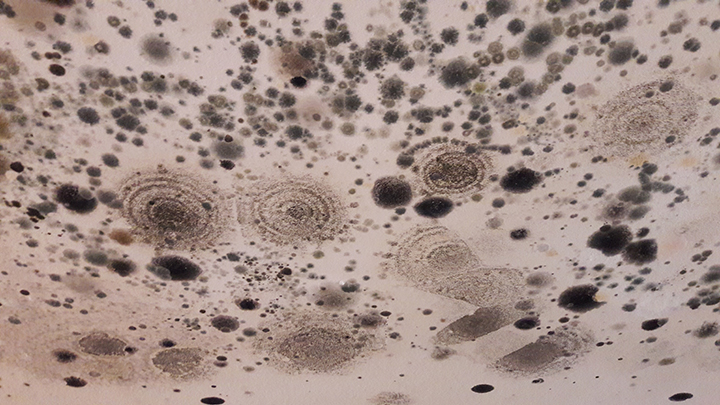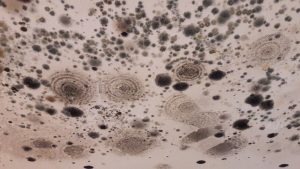

 Mold is not only one type of fungus, even though we sometimes lump different molds in the same category. In fact, there are many types of mold that can be found in your home, some of which are more toxic or harmful than others.
Mold is not only one type of fungus, even though we sometimes lump different molds in the same category. In fact, there are many types of mold that can be found in your home, some of which are more toxic or harmful than others.
Most types of mold have adverse effects on humans and animals if they are ingested or breathed in, and many of these problems often manifest themselves as other types of conditions such as being sick or having bad allergies.
This is why if you as a homeowner find mold growing in some area in your home, it is important that you plan for mold removal. San Antonio residents might benefit from knowing what type of mold is the most dangerous, which can be growing in residential homes without homeowners really knowing, and under the right environmental conditions.
Black Mold (Stachybotrys Chartarum)
One of the most common types of toxic mold that can be growing in your home is black mold, or stachybotrys chartarum by its scientific Latin name.
All mold grows in areas of the home with a lot of moisture present, such as the shower or sinks of a home. Black mold growth is also common after home flooding, such as from severe storm weather or a water appliance failing in the home and causing flooding.
When it comes to black mold removal, San Antonio residents need to wear protective coverings over their mouths and eyes in order to avoid potential irritation. It is also important to not spread mold spores to other areas of the home, so being careful is also very important with any type of mold removal.
How to Remove Mold Safely
A lot of people forget that mold is a living and growing organism, and not something that appears as the result of a specific action. In order to effectively remove mold from a home, it is essential to kill it to stop the growth of new mold.
When it comes to mold removal, San Antonio residents might notice that professionals use a special solution or cleaner in order to kill as much mold as they can. Water alone will not kill active mold, but will actually encourage the growth of more mold, which no one wants.
There are some situations where killing active mold is more extensive work than removing a piece of furniture or fabric all together.
*Disclaimer: The views expressed here are those of the authors and do not necessarily represent or reflect the views of *Mr Dry Out*



